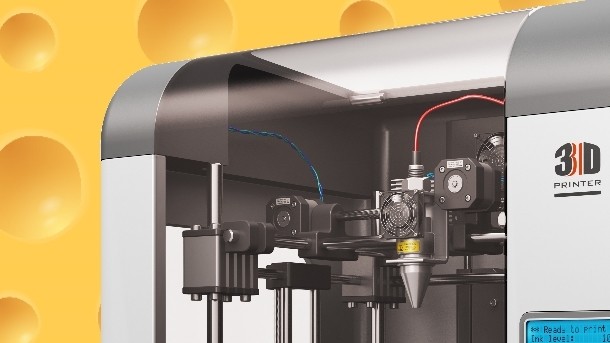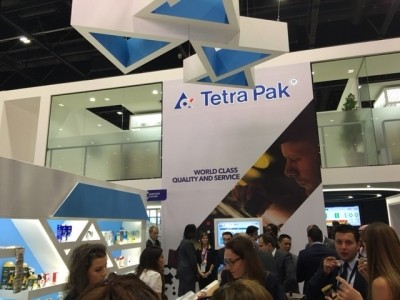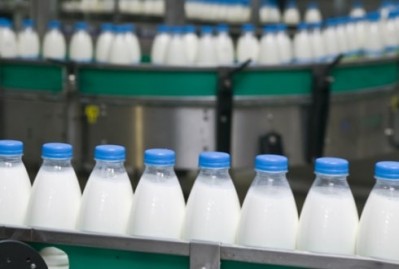Study on 3D cheese printing offers possibilities

The findings, published in the Journal of Food Engineering, include the discovery that the printed cheese was softer, less sticky and had increased ‘meltability.’
The 3D printing was investigated using a commercially-available processed cheese as the printing material.
The objective of the research was to understand the influence of the 3D printing process (melting, extrusion and solidification) on the textural, rheological and microstructural properties of commercially-available processed cheese.
Methods
Untreated cheese, melted cheese and printed cheeses (extruded at rates of 4 or 12 mL/min) were investigated.
After melting at 75°C for 12 minutes, the processed cheese was printed using a modified commercial 3D printer at low or high extrusion rates.
Comparative assessment of untreated, melted and printed cheeses was conducted employing texture profile analysis, rheology, colourimetry and confocal laser scanning microscopy (CLSM).
Study results
The study showed both melted and printed cheese samples were significantly less hard, by up to 49%, and both exhibited higher degrees of meltability, ranging from 14% to 21%, compared to untreated cheese samples.
Hardness of cheese was significantly decreased by the combination of melting and printing, with decreases of 45–49% for printed cheeses compared to untreated cheese.
The authors say the shearing effects of the 3D printing process had more significant effects upon the textural properties of processed cheese than the melting process alone.
Disruption of the protein phase, and alteration of fat globules in terms of size and morphology, resulted in softer textures and more easily meltable cheeses, apparently due to a weakening of the protein network.
Higher adhesiveness in printed cheese samples and less sticky properties can be explained by increased quantities of surface fat released while shearing the sample, the researchers noted.
Potential for study
The 3D printing of food, the authors say, offers many possibilities for customized nutrition, including flexibility in geometries, textures and flavors.
However, they noted the fundamental principles underlying how this process affects food microstructures and consequently, sensory attributes, need to be further investigated to allow for greater diversification in more application areas.
Effect of 3D printing on the structure and textural properties of processed cheese
Source: Journal of Food Engineering
Authors: Camille Le Tohic, Jonathan J. O'Sullivan, Kamil P. Drapala, Valentin Chartrin, Tony Chan, Alan P. Morrison, Joseph P. Kerry, Alan L. Kelly












